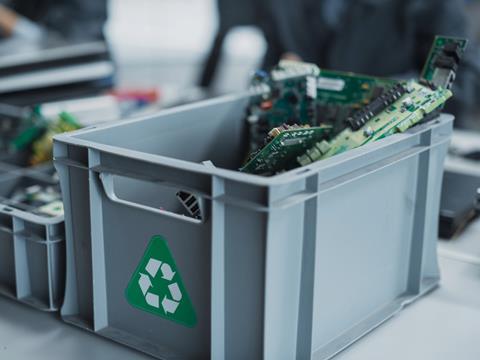
Circpack by Veolia has announced a partnership with SAP to provide its cloud-based solution for EPR reporting and recyclability assessments, including fee structures and calculation rules with global coverage.
Apparently, users can generate customized reports directly within SAP Responsible Design and Production, the company’s software solution. Circpack states that its global scope enables the creation of country-specific reports for over 30 countries worldwide with the content for these markets continuously updated, and as new EPR systems are introduced, additional countries will be added in the coming years.
Circpack adds that it currently covers more than 140 markets via its Recycling Intelligence Platform. The combination of country-specific EPR fees, national calculation rules, eco-modulation schemes, locally available recycling infrastructure and packaging recyclability assessments aligned with the PPWR aims to reduce compliance risk and unlock ‘significant financial savings’.
In September, plans from Poland’s Ministry of Environment to introduce a fully state-controlled model for extended producer responsibility saw packaging industry players such as EUROPEN, Cepi, Flexible Packaging Europe, and Pro Carton argue that it could undermine the Waste Framework Directive and Packaging and Packaging Waste Regulation. The system will be centrally managed by the National Fund for Environmental Protection and Water Management (NFOŚiGW) and will charge Polish businesses a fee for all packaging placed on the market; the price will modulate depending on the type and weight of packaging.
The following month, the European Commission provided optional guidance to help Member States calculate Extended Producer Responsibility (EPR) costs under the Single-Use Plastics Directive. The document encompasses the costs of cleaning up food and beverage containers including cups, packets, and wrappers, and lightweight plastic carrier bags. The Commission suggests allocating EPR costs by the weight, volume, or amount of waste generated, and provides two different approaches to calculating the amount of single-use plastic litter in public locations.
If you liked this story, you might also enjoy:
The ultimate guide to the Packaging and Packaging Waste Regulation in 2025
How are the top brands progressing on packaging sustainability?
Everything you need to know about global packaging sustainability regulation in 2025
The key to increasing the use of reusable packaging in supermarkets

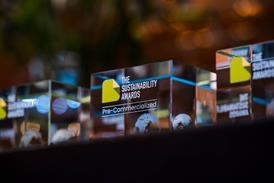

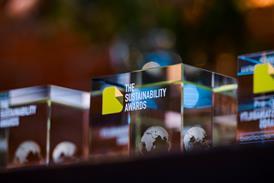
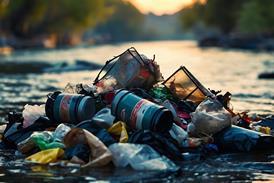
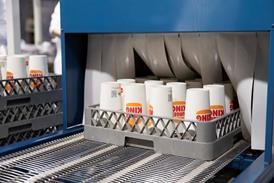
















No comments yet